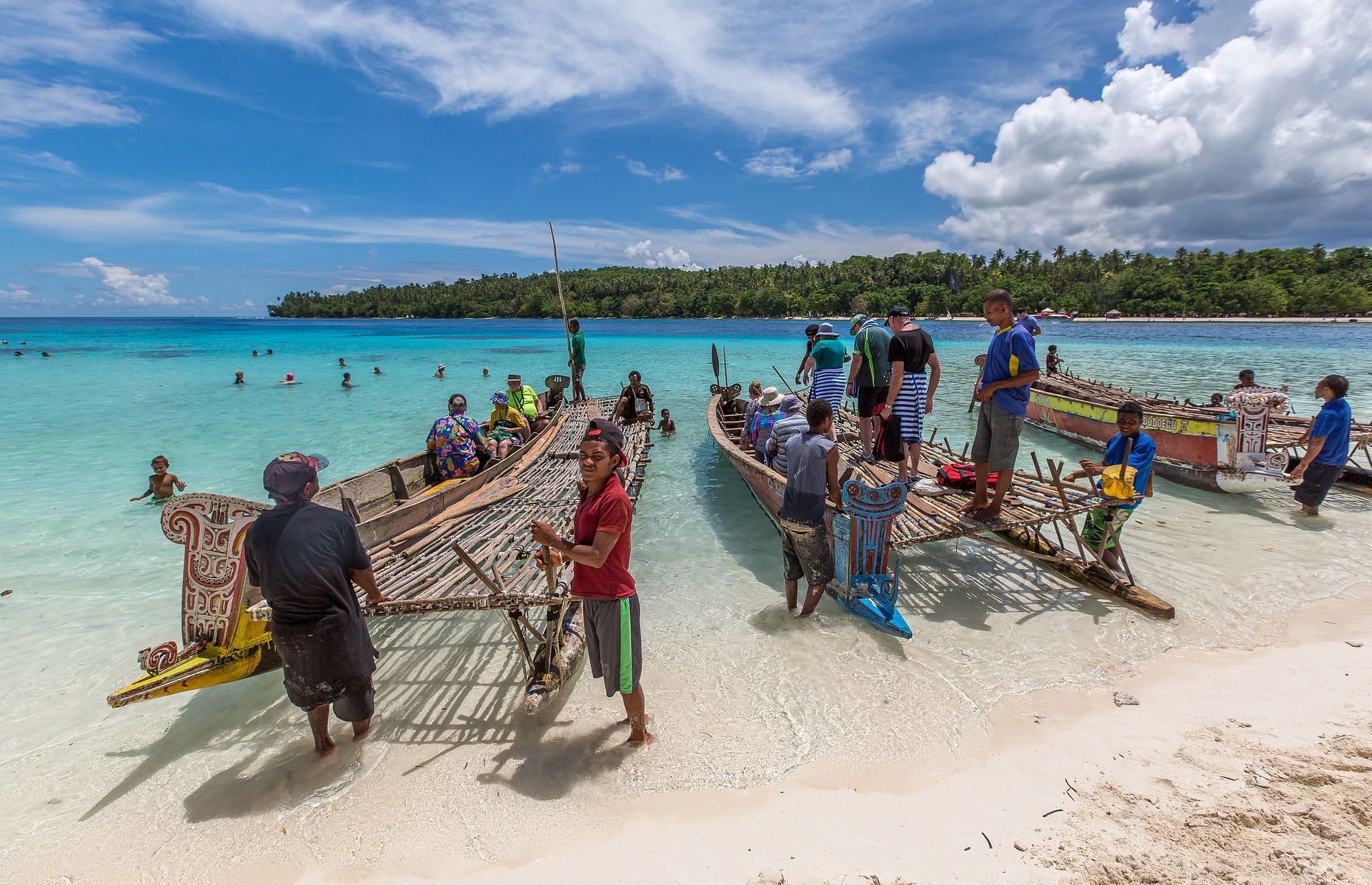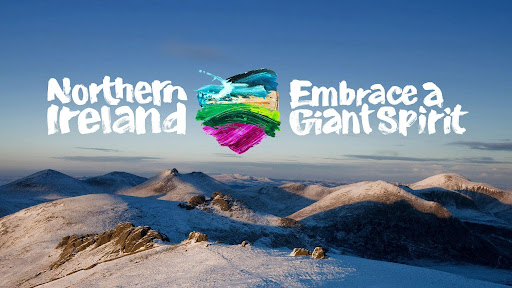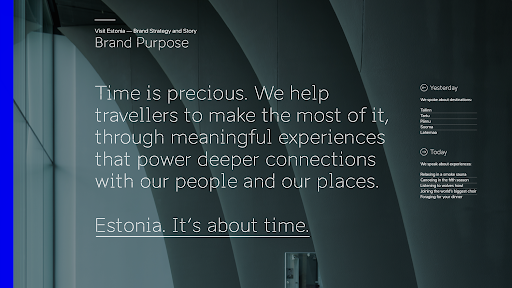Destination success is often synonymized with its popularity and high visitor numbers. Places like Paris, New York, Rome, and Bangkok are destinations that rush to mind… but are they convincing examples of destination success? What really defines a destination’s success, and who is responsible for it?
Tourism is a dynamic and highly complex sector that manifests itself differently in every global destination. While there is no set formula for destination success, successful long-term tourism development must begin with sustainability concepts. Well-established tourism organizations, supportive local governments, engaged local leaders, and a shared vision of sustainability and innovation are what most effectively foster destination success.
Tourism offers tremendous opportunities for destination development, though it is important to remember that every development avenues incur a cost, and negative impacts may never be entirely avoided. For tourism to be considered a successful development tool, enough value must be generated and distributed. Additionally, all associated costs must not exceed the long-term stakeholder benefits.
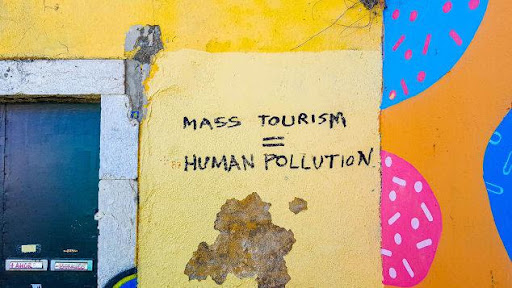
What is the Role of Tourism Management and Governance?
Tourism success largely depends on strategic management by governments and destination management organizations (DMOs). In order to build a strong sector foundation, reap its economic benefits and mitigate the negative impacts, these entities must establish frameworks for public and private sector cooperation. Moreover, they should enact regulations for environmental and cultural heritage protection, develop infrastructure, and formulate clear plans and policies for sustainable tourism development. Most importantly, destinations must learn from their own and other industry mistakes by monitoring, reflecting, and improving current strategies.
It is fundamentally important not only to engage all destination stakeholders in the planning, development, and destination management process, but also to distribute the benefits. With adequate education, training, guidance and financial support, locals can find their way into the sector and improve their quality of life while fostering continuous sector growth. As destinations often have external investors, their interests must be carefully balanced with the expectations of local stakeholders to ensure further financial support for the sector and overall economic development.
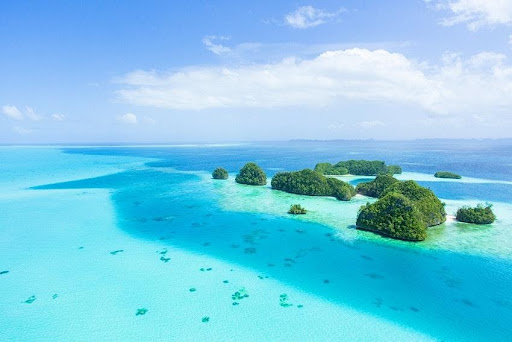
Small vs. Big tourism: How do you Define Destination Success?
In 2019, 2.28 billion international tourists visited destinations around the world. Do higher volumes of tourism mean greater benefits for the destination, or is it exactly the opposite? For a lack of better and more reflective metrics, tourism success is often measured in tourist arrivals, without providing many indications about the negative impacts. A common belief is smaller-scale alternative tourism (community-based tourism, backpacking, or eco-friendly tourism) is the only way to sector sustainability. Smaller-scale tourism, however, doesn’t necessarily mean the impacts are smaller or less negative. It may actually result in a reduced developmental contribution to the destination.
Mass tourism, on the other hand, is broadly considered the opposite of good tourism. The truth however is it is not going anywhere, and solutions to make this area of tourism more sustainable are what shift the whole sector towards sustainability. Experts seem to agree – package-holidays and all-inclusive resorts may offer the answers the industry has been looking for. Designed responsibly and innovatively, all-inclusive resorts have the potential to erase some of the social and environmental strain caused by mass tourism by taking the pressure off crowded destinations.
The true threat to destinations everywhere remains exceeding their individual physical, social and environmental carrying capacities. Rather than considering small vs. big tourism, studies say the necessary response to possibly apocalyptic impacts of uncontrolled tourism development is slow and steady tourism. It is not about maximum demand and rapid increase in visitors. It’s about fostering growth at a pace that destinations can afford, and choosing quality over quantity.
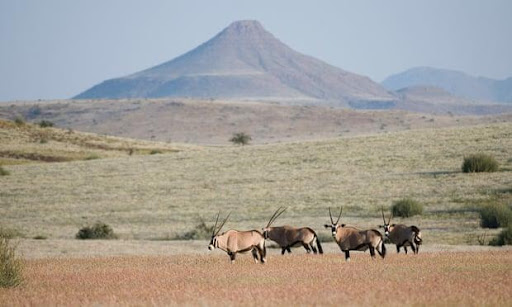
Tourism Development and Commitment to Sustainability
Sustainability is no longer just a buzzword, an abstract concept, and a way to greenwash the tourism product. With increased accountability, societal pressures, and shifting consumer behaviors and expectations, destinations must think not only about how to attract tourists, but also how to do it right. Considering destination success strives from visitor numbers and expenditure, long-term successful tourism growth must focus on boosting the positive and minimizing the negative impacts.
The key to a thriving destination is addressing how tourism can benefit the local community by increasing economic prospects, supporting socio-cultural systems, and maintaining a healthy environment for local communities. A well-thought-out tourism strategy is crucial. Today’s environmental, socio-cultural and financial considerations will foster successful destinations of the future.
Social Impacts
Tourism cannot exist in isolation and greatly affects the social structures of a destination. Communities must be fully engaged in the development of the destination to ensure success, and, if handled correctly, can ensure the strengthening of communities and cultural preservation. Heavy tourism presence at a destination disregarding local, social and cultural constructs may result in acculturation, loss of identity, and authenticity – arguably some of the main reasons for visiting a destination in the first place. Authentic experiences are the product of community pride that reflects the destination and people.
Negative social impacts are impossible to avoid entirely. Visitor behaviors, conduct, and oftentimes just the sheer amount of visitors may cause social resistance and conflict. In extreme cases, it may lead to fear for visitor safety, in turn greatly damaging a destination’s reputation and popularity, jeopardizing industry success. Ultimately, the key to social sustainability in tourism is mutual respect and understanding.
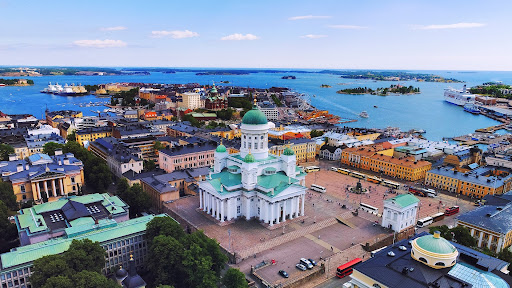
Destination Success for the Environment
Interacting with unique environments and natural heritage are other main reasons for visiting a destination. Tourists want to swim and snorkel in a clean ocean and amid coral reefs, hike in stunning mountain environments, or stroll through well-preserved city centers. More importantly, natural resources, national parks, and heritage sites need to be conserved not only to maintain visitor interest in a destination, but also to continue supporting local communities and their livelihood. That will often depend on their surrounding ecosystems, particularly in rural tourism destinations.
Rapid tourism growth and associated infrastructure development may result in soil erosion and loss of habitat. Without proper nature conservation plans, pristine natural spaces and agricultural land run a high risk of being replaced by hotels, airports, and golf courses. Overwhelming visitor numbers exceeding a destination’s carrying capacity may lead to air, water, and noise pollution, overuse of a destination’s water resources, and increased waste.
If managed consciously, tourism can be a force for good and positively contribute to conservation and environmental protection while also representing an important source of financing for this purpose. Before identifying the right tourism conservation models for the destination, it’s important to identify the main threats to the natural habitats. Finding an equilibrium between protecting natural resources, wildlife, locals and supporting business interests is where long-term destination success lies. Failure to do so may lead to irreparable environmental degradation that, in extreme cases, may lead to a temporal or permanent ban on visitors to a destination.
Economic Benefits from Destination Success
Tourism has the potential to bring money into communities, contributing to poverty reduction and fostering economic growth, especially in developing countries that often rely heavily on tourism for economic development. However, the way tourism currently operates is often harmful. Today, from every 100 USD spent by a tourist, it is estimated that only 5 USD stays in the local economy. The rest of the profits go into the pockets of political elites, external shareholders, and tour operators. With insufficient funds, destinations often cannot offset the negative impacts associated with tourism development, leading them to question the effectiveness of tourism as an economic development tool. With exceeding tourist numbers, degrading environments, and difficulty with destination infrastructure maintenance, a destination risks losing visitor interest and valuable tourist dollars.
Additionally, foreign employees are hired in the industry, taking away job prospects for locals that would be needed to ensure the funds circulate across the region. The industry must also refrain from importing tourism products and instead utilize what’s available in the region to allow local communities and businesses to get a bigger piece of the tourism pie. Successful destinations should therefore focus their tourism economy on local providers and workers, to prevent leakages and ensure more revenue remains actually in the country.
Interested in how we can help you attain sustainable destination success? Contact us to learn more.
Written by Lena Eckert, Alicia Winfield, and Emilija Zagere

